Any links to online stores should be assumed to be affiliates. The company or PR agency provides all or most review samples. They have no control over my content, and I provide my honest opinion.
[Updated 09/12/2021]
Amazon Fire TV devices have been some of my favourite tech products in recent years. Even though I have shifted to the Nvidia Shield, these offer the best performance for the price of any streaming product I can think of.
For 2021, Amazon has launched a new flagship Amazon Fire TV Stick. which adds a new power chipset and WiFi 6. So, in theory, you should experience a faster interface with quick app loads and if you can make the most of WiFi 6 there could be less buffering.
As you would expect, this is the most expensive Fire TV Stick and you may be wondering if it is worth it. This largely depends on current discounts, but the 4K Max is only £5 more RRP than the older 4K, which makes it a bit of a no-brainer to me.
However, let’s look at the options.
Amazon Fire TV vs built-in smart TV functions
With the low cost of these devices, I am a firm believer everyone should dump the smart TV functions of their TV and opt for a dedicated streaming device. You can even watch live TV on many of the streaming apps, such as BBC.
For all your streaming services, you are much better off with Amazon, or other comparable products. They are faster, with a better UI, upgradable and just less glitchy. For example, my exorbitantly expensive (when I bought it) Sony AF8 OLED has a shocking smart interface that is slow and just unpleasant to use.
A Fire TV will generally have more apps available than normal TVs and here you can find the best Fire TV Stick apps.
Amazon Fire TV Stick 4K Max vs Fire TV Stick 4K
Being a tech geek, I could be biased, but for me, I’d only buy the 4K models none of the Sticks is very expensive and the price difference between the Lite or Standard vs the 4K models just doesn’t seem to be worth it. Though I appreciate that not everyone has may feel the same about the price of these.
The big differences are:
- New chipset that is slightly more powerful
- More RAM, going up to 2GB from 1.5GB
- AV1 decoding – This could be quite important
- Upgraded to WiFi 6
Will WiFi 6 make a difference?
Yes, no, maybe. For a start, you need a WiFi 6 router or mesh system to make the most of it.
WiFi 6 does provide a significant boost to your WiFi speeds and will make it easier to achieve the maximum Internet speed that your connection is capable of.
However, most streaming services use efficient compression making it quite easy to stream 4K media. For example, Netflix currently states they recommend just 25Mbps for 4K.
If you watch movies locally using apps such as Plex, then a 4K HDR file may stream between 50 Mbps and 80 Mbps and these would be gigantic files that most normal people are unlikely to download.
With WiFi 5 more than capable of hitting over 400Mbps for local file transfers, it is quite capable of handling anything you might stream. WiFi 6 may be useful if the Fire TV stick isn’t very close to the router and you have a relatively poor signal.
Personally, I just like to know I have the best connection possible, minimising any chance of buffering.
How do the chipsets compare?
Amazon state this is the most powerful streaming stick yet, which is certainly true. They claim 40% more powerful than Fire TV Stick 4K which seems like a stretch to me.
The new MediaTek MT8696 uses the same 4x ARM Cortex-A53 CPU cores as the older model and there is just a 100Mhz increase in speed, a 6% improvement.
The GPU is likely where the majority of the improvements occur, but even that doesn’t seem overly impressive when you look at it. The new IMG PowerVR GE9215 GPU appears to have essentially the same specification as the GE8300, it is just clocked higher. Imagination tech state the same processing power, and Wikipedia confirms this stating 20.8 / 41.6 GFLOPS when running at 650 MHz. However, the GPU is clocked higher at 750Mhz, which is a 15% improvement.
Why is AV1 decoding important?
While this is not mentioned much in the marketing material, it is likely the most important upgrade to the Fire Stick.
AV1 is an open, royalty-free video coding format that has been developed as a successor to VP9 by the Alliance for Open Media, which is used for most streaming services currently.
In 2020, Netflix began using AV1 to stream select titles on Android, providing 20% improved compression efficiency over their VP9 streams. It now also streams AV1 to many TVs and the PS4 Pro, I would expect they will do the same with the Fire Stick 4K Max.
This new codec is also being rolled out onto YouTube, Facebook, Vimeo and Twitch.
Amazon Fire TV Stick 4K Max is better than the 4K and worth the extra
While the overall difference may not be massive, neither is the price. I therefore thing the new Amazon Fire TV Stick 4K Max is well worth it over the standard Fire Stick 4K.
Furthermore, there is nothing on the market for streaming devices that can compete in terms or price/performacne.
Specification Comparison Table
| 2023 Fire TV Stick 4K Max | Amazon Fire TV Stick 4K Max 2021 | Fire TV Stick 4K - 2nd Gen (2023) | Amazon Fire TV Stick 4K 1 Gen 2018 | |
|---|---|---|---|---|
| Processor | Mediatek MT8696T | MediaTek MT8696 | Mediatek MT8696D | MediaTek MT8695 |
| CPU | 4x ARM Cortex - A55 up to 2.0 GHz | 4x ARM Cortex-A53 @ 1.8 GHz | 4x ARM Cortex - A55 up to 1.7 GHz | 4x ARM Cortex-A53 1.7 GHz |
| GPU | GE9215 up to 850 MHz | IMG PowerVR GE9215 @ 750Mhz | GE9215 up to 650 MHz | IMG PowerVR GE8300 @ 650 MHz |
| RAM | 2GB LPDDR4 | 2GB | 2GB LPDDR4 | 1.5GB |
| Storage | 16 GB | 8GB | 8 GB | 8GB |
| HDMI | HDMI 2.1 output with ARC input support | HDMI 2.1 output with ARC input support | ||
| Picture Quality | Up to 4K UHD (3840x2160) | Up to 4K UHD (3840x2160) | Up to 4K UHD (3840x2160) | Up to 4K UHD (3840x2160) |
| Dolby Vision | Yes | Yes | Yes | Yes |
| HDR | HDR10 HDR10+ HLG Dolby Vision | HDR10 HDR10+ HLG Dolby Vision | HDR10 HDR10+ HLG Dolby Vision | HDR10 HDR10+ HLG Dolby Vision |
| Remote | Alexa Voice Remote Enhanced | 3rd-Gen Alexa Voice Remote | 2nd-Gen Alexa Voice Remote | |
| Wi-Fi | Wi-Fi 6E tri-band | Wi-Fi 6 | Wi-Fi 6 | Wi-Fi 5 |
| Ethernet | No - 10/100 External (Sold Separately) | No - 10/100 External (Sold Separately) | No - 10/100 External (Sold Separately) | No - 10/100 External (Sold Separately) |
| OS | Fire OS 8 Android Level 30 (Android 11) | Fire OS 7 (Android 9) | Fire OS 8 Android Level 30 (Android 11) | Fire OS 6 (Android 7.1) |
| Video Decoding | Dolby Vision. Dolby Vision support for Profile 4-MEL, 5, 8, 9. (Up to Level 9 for profiles 5 and 8. Up to Level 5 for Profile 9) H.265 (HEVC). Hardware accelerated up to 3840x2160p (4K) @ 60 fps, 35 Mbps, Main 10 Profile Level 5.1, Color space 8-bit and 10-bit input with HDR10, HDR10+, and HLG H.264. Hardware accelerated up to 3840x2160p (4K) @ 60 fps, 20 Mbps, High 10 Profile Level 5.2 H.263. Hardware accelerated up to 1080p @ 30 fps, 6 Mbps, Profile 0 Level 70 VP8. Supported up to 1080p 30 fps. Baseline profile, non-secure VP9. Hardware accelerated up to 4K @ 60 fps, Profile 2 up to 30 Mbps MPEG-2. Hardware accelerated up to 1080p @ 60 fps MPEG-4. Up to 1080p @ 30 fps, Simple and Advanced Simple Profiles Level 5, non-secure AV1. Hardware accelerated up to 3840x2160p (4K) @ 60 fps, 100Mbps, Main Profile Level 5.1, Color space 8-bit and 10-bit input with HDR10, HDR10+, and HLG | Dolby Vision. Dolby Vision support for Profile 4-MEL, 5, 8, 9. (Up to Level 9 for profiles 5 and 8. Up to Level 5 for Profile 9.) H.265 (HEVC). Hardware accelerated up to 3840x2160p (4K) @ 60fps, 35 Mbps, Main 10 Profile Level 5.1, Color space 8-bit and 10-bit input with HDR10, HDR10+, and HLG. H.264. Hardware accelerated up to 3840x2160p (4K) @ 60fps, 20 Mbps, High 10 Profile Level 5.2 H.263. Hardware accelerated up to 1080p @ 30fps, 6 Mbps, Profile 0 Level 70 VP8. Supported up to 1080p 30fps. Baseline profile, non-secure VP9. Hardware accelerated up to 4K @ 60fps, Profile 2 up to 30 Mbps MPEG-2. Hardware accelerated up to 1080p @ 60fps MPEG-4. Up to 1080p @ 30fps, Simple and Advanced Simple Profiles Level 5, non-secure AV1. Hardware accelerated up to 3840x2160p (4K) @60fps, 100Mbps, Main Profile Level 5.1, Color space 8-bit and 10-bit input with HDR10, HDR10+, and HLG. | Dolby Vision. Dolby Vision support for Profile 4-MEL, 5, 8, 9. (Up to Level 9 for profiles 5 and 8. Up to Level 5 for Profile 9) H.265 (HEVC). Hardware accelerated up to 3840x2160p (4K) @ 60 fps, 35 Mbps, Main 10 Profile Level 5.1, Color space 8-bit and 10-bit input with HDR10, HDR10+, and HLG H.264. Hardware accelerated up to 3840x2160p (4K) @ 60 fps, 20 Mbps, High 10 Profile Level 5.2 H.263. Hardware accelerated up to 1080p @ 30 fps, 6 Mbps, Profile 0 Level 70 VP8. Supported up to 1080p 30 fps. Baseline profile, non-secure VP9. Hardware accelerated up to 4K @ 60 fps, Profile 2 up to 30 Mbps MPEG-2. Hardware accelerated up to 1080p @ 60 fps MPEG-4. Up to 1080p @ 30 fps, Simple and Advanced Simple Profiles Level 5, non-secure AV1. Hardware accelerated up to 3840x2160p (4K) @ 60 fps, 100 Mbps, Main Profile Level 5.1, Color space 8-bit and 10-bit input with HDR10, HDR10+, and HLG | Dolby Vision. Dolby Vision support for Profile 4-MEL, 5, 8, 9. (Up to Level 9 for profiles 5 and 8. Up to Level 5 for Profile 9.) H.265 (HEVC). Hardware accelerated up to 3840x2160p (4K) @ 60fps, 35 Mbps, Main 10 Profile Level 5.1, Color space 8-bit and 10-bit input with HDR10, HDR10+, and HLG. H.264. Hardware accelerated up to 3840x2160p (4K) @ 60fps, 20 Mbps, High 10 Profile Level 5.2 H.263. Hardware accelerated up to 1080p @ 30fps, 6 Mbps, Profile 0 Level 70 VP8. Supported up to 1080p 30fps. Baseline profile, non-secure VP9. Hardware accelerated up to 4K @ 60fps, Profile 2 up to 30 Mbps MPEG-2. Hardware accelerated up to 1080p @ 60fps MPEG-4. Up to 1080p @ 30fps, Simple and Advanced Simple Profiles Level 5, non-secure |
| Audio Codecs | Dolby MAT transcoding for Streaming application AC3 (Dolby Digital) / EAC3 (Dolby Digital Plus) / Atmos(DDP+JOC) / AC4(Atmos) / Dolby TrueHD (Atmos) MPEG-H passthrough AAC Profile (AAC LC). Support for up to 8 channels from 8 kHz to 48 kHz MPEG-4 HE AAC Profile (AAC+). Support for up to 8 channels from 8 kHz to 48 kHz MPEG-4 HE AACv2 Profile (enhanced AAC+). Support for up to 8 channels from 8 kHz to 48 kHz AAC ELD (enhanced low delay AAC). Support for up to 8 channels from 8 kHz to 48 kHz xHE-AAC (enhanced HE-AAC). Support for up to 8 channels from 8 kHz to 48 kHz FLAC. Up to 48kHz, 2 channels, 16-bit and 24-bit (no dither for 24 bit) MIDI. MIDI (Type 0 and 1), DLS (Version 1 and 2), XMF, and Mobile XMF. Ringtone formats RTTTL/RTX, OTA, and iMelody MP3. Up to 48kHz, 2 channels in DSP (16-bit and 24-bit) and software (16-bit) Vorbis. Ogg (.ogg), Matroska (.mkv). PCM/Wave. Up to 192kHz, 8 channels, 16-bit and 24-bit AMR-NB. Supported Opus. Up to 8 channels, 48 kHz | Dolby Atmos (EC3_JOC). Up to 48kHz, 8 channels, 16-bit and 24-bit. Dolby Atmos is available on select Netflix, Prime Video, and Disney+ titles when connected to compatible equipment. AC3 (Dolby Digital). Up to 48kHz, 6 channels, 16-bit and 24-bit eAC3 (Dolby Digital Plus). Up to 48kHz, 8 channels, 16-bit and 24-bit AAC-LC. Up to 48kHz, 6 channels, 16-bit and 24-bit HE-AACv1 (AAC+). Up to 48kHz, 6 channels, 16-bit and 24-bit HE-AACv2 (enhanced AAC+). Up to 48kHz, 6 channels, 16-bit and 24-bit FLAC. Up to 48kHz, 2 channels, 16-bit and 24-bit (no dither for 24 bit) MIDI. MIDI (Type 0 and 1), DLS (Version 1 and 2), XMF, and Mobile XMF. Ringtone formats RTTTL/RTX, OTA, and iMelody MP3. Up to 48kHz, 2 channels in DSP (16-bit and 24-bit) and software (16-bit) Vorbis. Ogg (.ogg), Matroska (.mkv). PCM/Wave. Up to 96kHz, 6 channels, 16-bit and 24-bit AMR-NB. Supported Opus. Up to 8 channels, 48 kHz | Dolby MAT transcoding for Streaming application AC3 (Dolby Digital) / EAC3 (Dolby Digital Plus) / Atmos(DDP+JOC) / AC4(Atmos) / Dolby TrueHD (Atmos) MPEG-H passthrough AAC Profile (AAC LC). Support for up to 8 channels from 8 kHz to 48 kHz MPEG-4 HE AAC Profile (AAC+). Support for up to 8 channels from 8 kHz to 48 kHz MPEG-4 HE AACv2 Profile (enhanced AAC+). Support for up to 8 channels from 8 kHz to 48 kHz AAC ELD (enhanced low delay AAC). Support for up to 8 channels from 8 kHz to 48 kHz xHE-AAC (enhanced HE-AAC). Support for up to 8 channels from 8 kHz to 48 kHz FLAC. Up to 48kHz, 2 channels, 16-bit and 24-bit (no dither for 24 bit) MIDI. MIDI (Type 0 and 1), DLS (Version 1 and 2), XMF, and Mobile XMF. Ringtone formats RTTTL/RTX, OTA, and iMelody MP3. Up to 48kHz, 2 channels in DSP (16-bit and 24-bit) and software (16-bit) Vorbis. Ogg (.ogg), Matroska (.mkv). PCM/Wave. Up to 192kHz, 8 channels, 16-bit and 24-bit AMR-NB. Supported Opus. Up to 8 channels, 48 kHz | Dolby Atmos (EC3_JOC). Up to 48kHz, 8 channels, 16-bit and 24-bit. Dolby Atmos is available on select Netflix, Prime Video, and Disney+ titles when connected to compatible equipment. AC3 (Dolby Digital). Up to 48kHz, 6 channels, 16-bit and 24-bit eAC3 (Dolby Digital Plus). Up to 48kHz, 8 channels, 16-bit and 24-bit AAC-LC. Up to 48kHz, 6 channels, 16-bit and 24-bit HE-AACv1 (AAC+). Up to 48kHz, 6 channels, 16-bit and 24-bit HE-AACv2 (enhanced AAC+). Up to 48kHz, 6 channels, 16-bit and 24-bit FLAC. Up to 48kHz, 2 channels, 16-bit and 24-bit (no dither for 24 bit) MIDI. MIDI (Type 0 and 1), DLS (Version 1 and 2), XMF, and Mobile XMF. Ringtone formats RTTTL/RTX, OTA, and iMelody MP3. Up to 48kHz, 2 channels in DSP (16-bit and 24-bit) and software (16-bit) Vorbis. Ogg (.ogg), Matroska (.mkv). PCM/Wave. Up to 96kHz, 6 channels, 16-bit and 24-bit AMR-NB. Supported Opus. Up to 8 channels, 48 kHz |
| Bluetooth | Bluetooth 5.2 + BLE | Bluetooth 5.0 + LE. | Bluetooth 5.2 + BLE | Bluetooth 5.0 + LE. |
| Dimensions | 99 x 30 x 14 mm | 99 x 30 x 14mm | 99 x 30 x 14mm |
Amazon Firestick & Cube Comparison – Older models
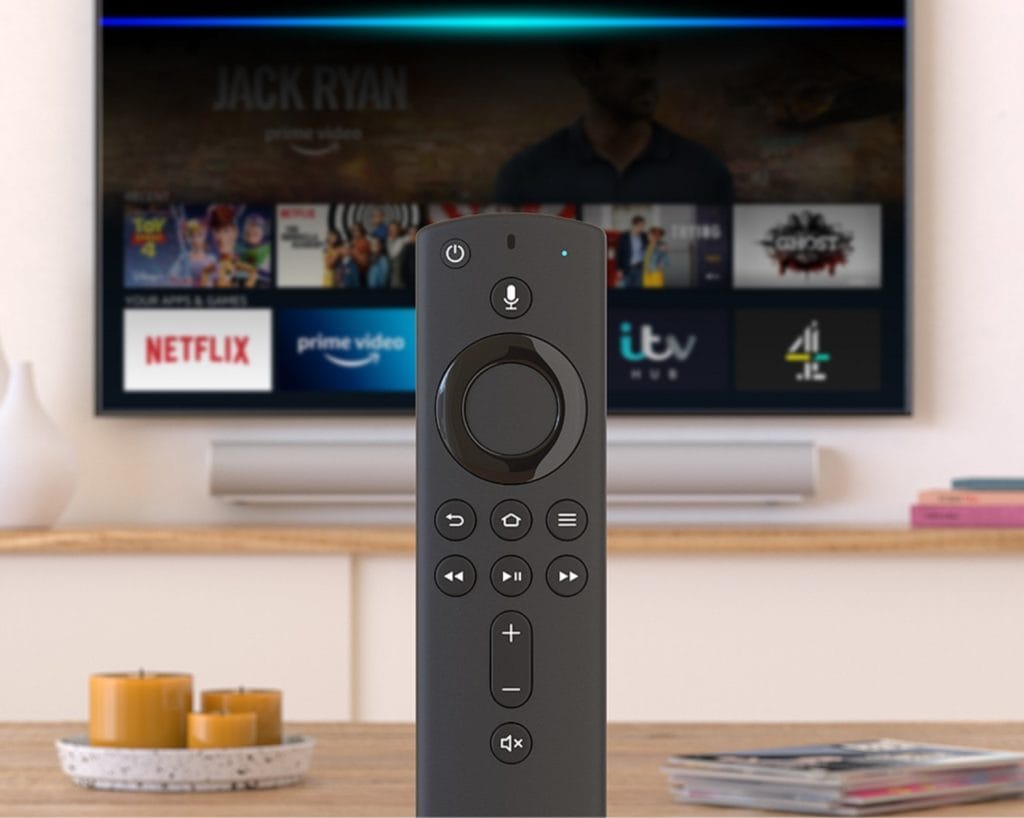

Fire TV (3rd Gen) Stick vs Fire TV Stick Lite
The actual Fire TV Stick is the same hardware, so the same chipset, RAM, storage, and the same 1080P video quality.
However, the Fire TV Stick Lite has reduced audio support, only stating HDMI audio pass-through for Dolby Digital and Dolby Digital+.
The normal Fire Stick offers support for Dolby Atmos, Dolby Digital, Dolby Digital+ surround sound and HDMI Audio pass-through for Dolby Digital, Dolby Digital+ and Dolby Atmos.
Then the remote that is included is different. The Fire TV Stick with Alexa Voice Remote has TV controls built into it such as power and volume (well worth the extra £10 in my opinion)
Fire TV (3rd Gen) Stick and Fire TV Stick Lite vs Fire TV Stick (2nd Gen)
From Amazon:
The Fire TV Stick (3rd Gen) is the successor to Fire TV Stick (2nd Gen). It features an enhanced 1.7 GHz quad-core processor that makes it more powerful than the previous generation while using less power.
The new Fire TV Stick delivers faster streaming in 1080p at 60fps with HDR compatibility. The dual-band, dual-antenna WiFi supports 5 GHz networks for more stable streaming and fewer dropped connections.
The Fire TV Stick (3rd Gen) also features Dolby Atmos for immersive sound with compatible content and speakers, and an Alexa Voice Remote with dedicated power, volume, and mute buttons for easy control of TVs, soundbars, and A/V receivers with a single remote.
The Fire TV Stick Lite does NOT support Dolby Atmos
MediaTek MT8695D (3rd Gen Fire Stick ) vs MediaTek MT8127D (2nd Gen)
The new Mediatek chipset is a quad-core Cortex-A53 processor @ 1.7 GHz with Imagination PowerVR GE8300 GPU supporting OpenGL ES 3.2. This is the same chipset as the 4K Fire Stick, so it has plenty of power and will made the UI far more responsive
The old MediaTek MT8127D was a quad core chipset running an ancient ARM Cortex-A7 @ 1.3 GHz paired with a Mali 450 MP4 GPU.
Fire TV Stick 4K 2018
This Fire TV Stick 4K which launched back in 2018, is in my opinion, the best Fire TV Stick ever, and offers the best performance to price ratio of any streaming device on the market.
The underlying hardware is similar to the 3rd Gen Fire Stick, using the same chipset but it has more RAM at 1.5GB.
However, as the name suggests, this supports 4K, and not only that it supports both Dolby Vision and HDR10+, making it universally compatible with current HDR technologies across TVs.
Fire TV Cube 2019
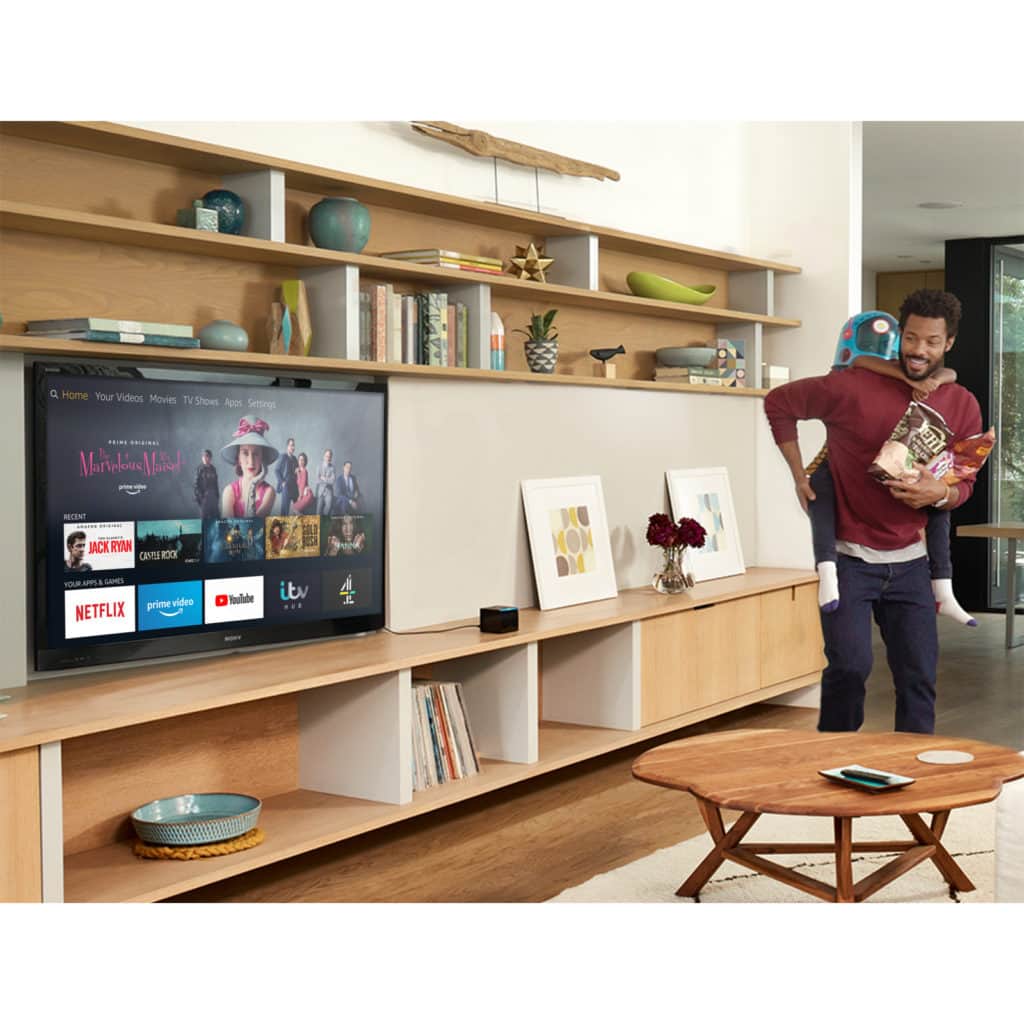

The Fire TV Cube is the most powerful Amazon TV device to date, and it is superb, I did have issues with the way Ring notifications bothered me, but I think that is fixed now.
The chipset in this is far more powerful than the other devices, you also get more RAM at 2GB and double the storage at 16GB. So the overall UI and performance is quicker and smoother than the other models.
You then basically get an Amazon Echo Dot built into it, offering far-field and near-field voice support.
The only issue I have with this is that I don’t think it is worth more than double the cost of the Fire TV Stick 4K 2018. However, it has been as low as £80 and it that price I would 100% recommend buying it.
Overall
This post has now been updated for 2021. In my opinion and dependant on current discounts, the older Fire TV Stick 4K is largely redundant, you should just get the Fire TV Stick 4K Max. It will offer a smoother user experience and will be less likely to suffer from buffering when streaming 4K media.
Of course,e if you are on a strict budget then the Fire TV Stick Lite is still a good choice and perfectly capable of streaming 1080P HD content.
Specification Comparison Table
| Fire TV Stick 3rd Gen / Fire TV Stick Lite | Fire TV Stick 2nd Gen | Fire TV Stick 4K | Fire TV Cube | |
|---|---|---|---|---|
| Year Launched | 2020 | 2016 Updated 2019 with new remote | 2018 | 2019 |
| Price | £29.99 (Lite) £39.99 (3rd Gen ) | £39.99 | £49.99 | £109.99 |
| Resolution | Up to 1920 x 1080 (1080p) - 60Hz | 720p and 1080p up to 60fps | 2160p, 1080p and 720p up to 60 fps | 2160p, 1080p and 720p up to 60 fps |
| HDR | HDR10+, HLG | None | Dolby Vision, HDR 10, HDR10+, HLG | Dolby Vision, HDR 10, HDR10+, HLG |
| Video Codecs | H.265 (HEVC). Hardware-accelerated up to 1080p @ 60fps, 20 Mbps, Main 10 Profile Level 4.1, Color space 8-bit and 10-bit input with HDR10, HDR10+, and HLG. H.264. Hardware-accelerated up to 1080p @ 60fps, High Profile up to Level 4. VP8. Supported up to 1080p 30fps. Baseline profile, non-secure VP9. Hardware accelerated up to 1080p @ 60fps, Profile 2 up to 20 Mbps | H.265 (HEVC). Hardware accelerated up to 1080p @ 30fps, 25 Mbps, Main Profile Level 4.0, Color space 8-bit support H.264. Hardware accelerated up to 1080p @ 30fps or 720p @ 60fps, 20 Mbps, High Profile up to Level 4 VP8 & VP9 is not listed | Dolby Vision. Dolby Vision support for Profile 4-MEL, 5, 8, 9. (Up to Level 9 for profiles 5 and 8. Up to Level 5 for Profile 9.) H.265 (HEVC). Hardware accelerated up to 3840x2160p (4K) @ 60fps, 35 Mbps, Main 10 Profile Level 5.1, Color space 8-bit and 10-bit input with HDR10, HDR10+, and HLG. H.264. Hardware accelerated up to 3840x2160p (4K) @ 30fps, 1080p @ 60fps, or 720p @ 60fps, 20 Mbps, High Profile up to Level 4. VP8. Supported up to 1080p 30fps. Baseline profile, non-secure VP9. Hardware accelerated up to 1080p @ 60fps, Profile 2 up to 20 Mbps | H.265 (HEVC). Hardware accelerated up to 2160p (4K) @ 60fps Main Profile Level 5.1 H.264. Hardware accelerated up to 2160p @ 30fps or 1080p @ 60fps, 20 Mbps, High Profile up to Level 4 VP8 VP9. Hardware accelerated up to 2160p @ 60fps (with limitations) |
| Audio | Dolby Atmos, Dolby Digital, Dolby Digital+ surround sound (not on Lite model) HDMI Audio pass-through for Dolby Digital, Dolby Digital+ and Dolby Atmos. | Dolby Audio, 5.1 surround sound 2ch stereo, and HDMI audio pass-through up to 7.1 | Dolby Atmos, 7.1 surround sound 2ch stereo and HDMI audio pass through up to 5.1. | Dolby Atmos, 7.1 surround sound 2ch stereo and HDMI audio pass through up to 5.1. |
| Speaker | No | No | No | Built-in 1.6'' (40 mm) speaker |
| Voice Control | Yes | Yes, with Alexa Voice Remote or paired Echo | Yes, with the Alexa Voice Remote or paired echo | Far-field and near-field voice support |
| Processor | MediaTek MT8695D Quad Core 4x ARM Cortex-A53 @1.7GHz 32-bit | MediaTek MT8127D 4x ARM Cortex-A7 @ 1.3 GHz | MediaTek MT8695D 4x ARM Cortex-A53 @1.7GHz | Amlogic S922X Hex-core 4 x Arm Coretex A73 - 2.2 GHz 2 x Arm Coretex A53 - 1.9 GHz |
| GPU | IMG GE8300 | Mali 450 MP4 | PowerVR IMG GE8300 | Mali G52-MP6, 800 MHz |
| Storage | 8GB | 8GB | 8GB | 16GB |
| Memory | 1GB, DDR4 | 1GB | 1.5GB | 2GB |
| Wi-Fi | 802.11ac dual-band MIMO Wi-Fi - dual-antenna | 802.11ac dual-band MIMO Wi-Fi | 802.11ac dual-band MIMO Wi-Fi | 802.11ac dual-band MIMO Wi-Fi - dual-antenna |
| Ethernet | No - Ethernet adaptopr limited to 10/100 | No - Ethernet adaptopr limited to 10/100 | No - Ethernet adaptopr limited to 10/100 | |
| Ports | HDMI, Power, Micro USB, Wired Infrared support | HDMI output, micro-USB for power only. | HDMI output, micro-USB for power only. | HDMI, power, micro-USB, wired infrared support |
| Bluetooth | Bluetooth 5.0 | Bluetooth 4.1 | BT 4.2 and BLE | Bluetooth 5.0 + LE. |
[Updated 09/12/2021]
[Original Post 26/12/2020] Originally posted in 2020 when the Fire TV Stick Lite was launched. This post has been updated for 2021 to take into account the new Fire TV Stick 4K Max
I am James, a UK-based tech enthusiast and the Editor and Owner of Mighty Gadget, which I’ve proudly run since 2007. Passionate about all things technology, my expertise spans from computers and networking to mobile, wearables, and smart home devices.
As a fitness fanatic who loves running and cycling, I also have a keen interest in fitness-related technology, and I take every opportunity to cover this niche on my blog. My diverse interests allow me to bring a unique perspective to tech blogging, merging lifestyle, fitness, and the latest tech trends.
In my academic pursuits, I earned a BSc in Information Systems Design from UCLAN, before advancing my learning with a Master’s Degree in Computing. This advanced study also included Cisco CCNA accreditation, further demonstrating my commitment to understanding and staying ahead of the technology curve.
I’m proud to share that Vuelio has consistently ranked Mighty Gadget as one of the top technology blogs in the UK. With my dedication to technology and drive to share my insights, I aim to continue providing my readers with engaging and informative content.
Last update on 2024-04-20 / Affiliate links / Images from Amazon Product Advertising API







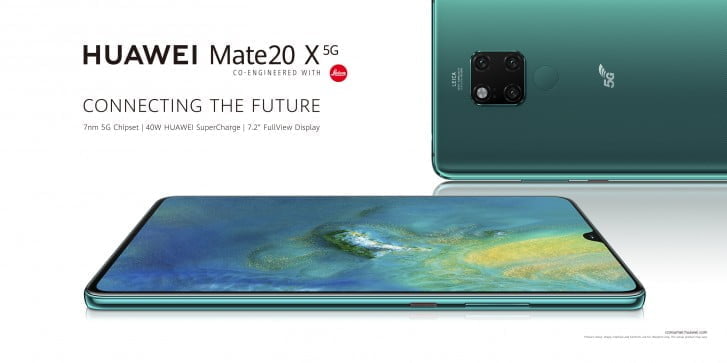

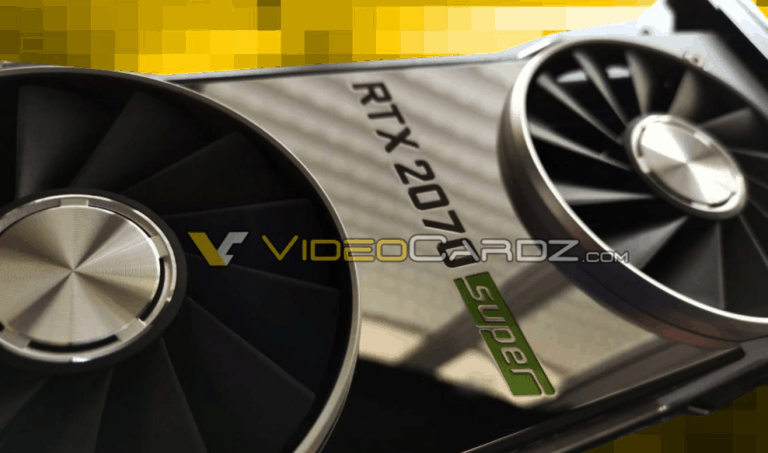
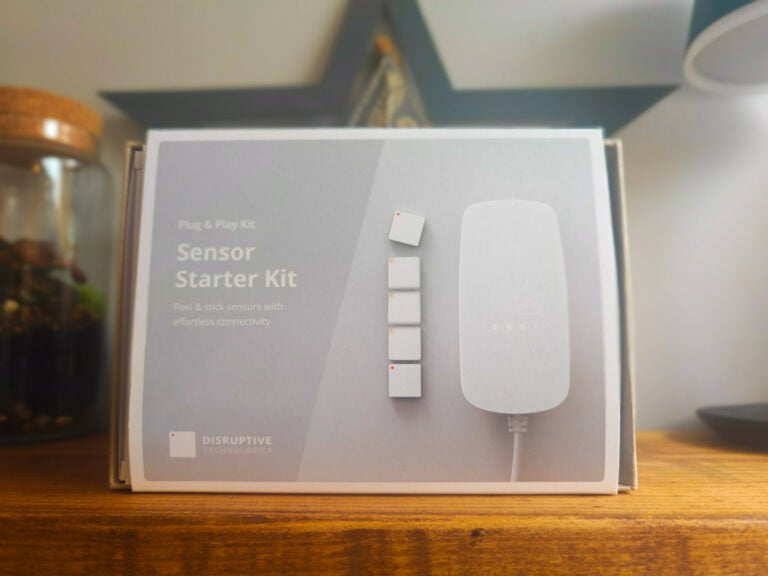
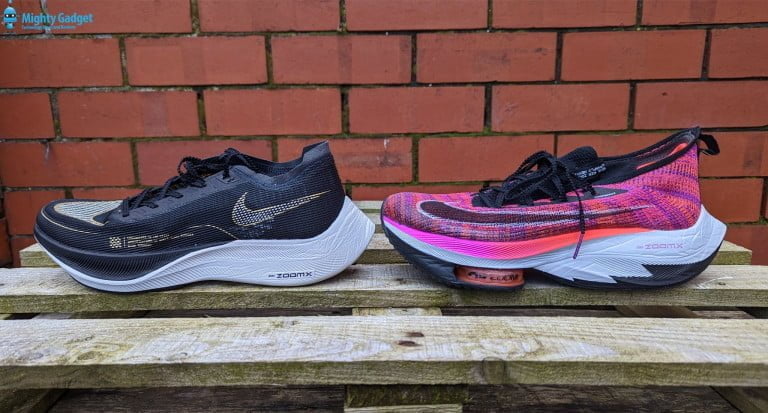
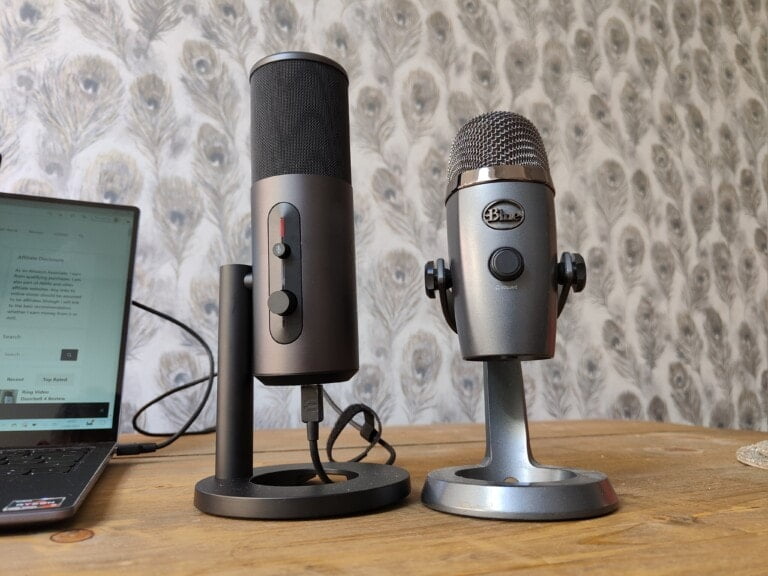
love the new 4k stick max .A really fine launch. It has all the top features and a sturdy mediatek chipset in it.